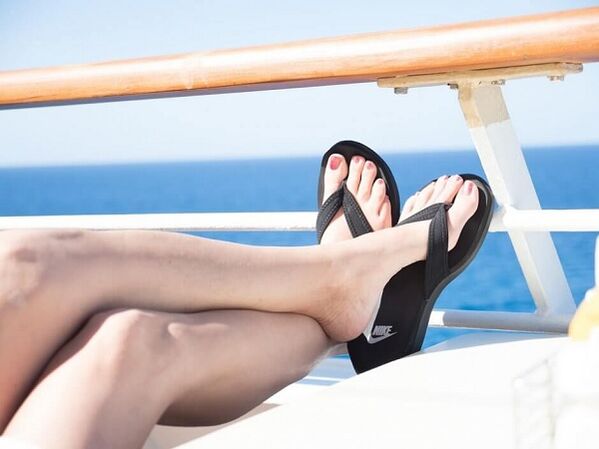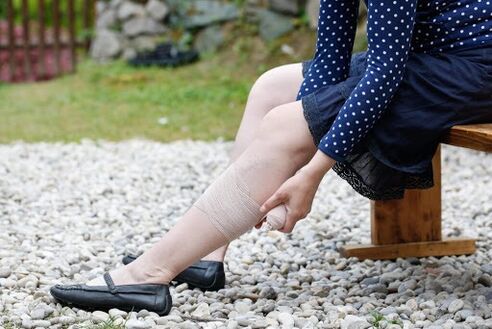Prevention of varicose veins of the legs (lower extremities) allows to prevent the early development of symptoms of chronic venous insufficiency and lead a full life. Many people want to avoid developing vascular pathology. However, few people are involved in the prevention of varicose veins. Modern statistics and observations of experts show that patients without hereditary factors are also susceptible to varicose veins. Therefore, prophylaxis of varicose veins of the lower extremities should be started long before the first signs of venous insufficiency appear.

When chronic violence, evening edema of the lower extremities, visible varicose veins occur, it is not necessary to contact a specialist in the treatment of veins, a phlebologist.
Modern prevention of varicose veins of the lower extremities includes:
- Physiologically sufficient physical activity. Walking, swimming, cycling are useful. This type of load involves the gastrocnemius muscle, which maintains the proper tone of the venous system of the lower extremities.
- Proper, balanced diet. Your daily diet should include enough protein, fat, carbohydrates, vitamins and trace elements.
- Excessive and static loads, as well as the use of compression stockings for air travel.
- Prophylactic visit to a phlebologist to monitor the condition of the venous system.
By following these simple rules, you can keep your feet healthy and beautiful for a long time.

Various ointments, creams, as well as baths with herbal solutions may give some pleasure, but do not prevent the development of varicose veins. All these effects are not an effective prevention of varicose veins of the legs (lower extremities). Do not think that the prevention of varicose veins will completely prevent the development of the disease. There is absolutely nothing in this world. However, prevention of varicose veins can give you many years of life without symptoms.
Patient questions related to the prevention of varicose veins of the lower extremities
What not to do with varicose veins of the legs?
With varicose veins of the lower extremities, you can not do the following:
- Visit the bath and sauna. If you have varicose veins, thermal exposure can cause thrombophlebitis and deep vein thrombosis.
- Prolonged stay in a static position, long walks, climbing mountains can lead to the development and rapid development of chronic venous insufficiency.
- It is also better to postpone laser depilation and massage in the lower extremities until the problem of varicose veins is resolved.
What exercises can not be done with varicose veins of the legs?
With varicose veins of the legs (varicose veins), you should not do any exercise associated with a heavy load on the lower extremities. Walking and running fast in good sneakers that train calf muscles and relax the arteries of the lower extremities can also have negative consequences. Namely: provocation of an inflammatory reaction and the development of thrombophlebitis. It is also worth avoiding static loads (standing or sitting) for as long as possible. Exercises such as lifting the dead and squatting with weights are strictly contraindicated for patients with varicose veins. It is necessary to have enough stress on healthy veins, but varicose veins are different. Treating varicose veins and exercising is easier than treating varicose vein complications for the rest of your life.
Contraindications for varicose veins of the lower extremities?
The following are contraindicated in varicose veins of the lower extremities:
- Intense physical activity in the lower extremities, static load.
- Bath and sauna, tanning.
- Packing and depilation.
Folk remedies and other remedies with a dubious reputation are also contraindicated for varicose veins of the lower extremities.
How to prevent varicose veins while standing?
The only really effective way to prevent varicose veins of the lower extremities during footwork is good compression therapy. It is recommended to use compression class 2 socks or knees for this purpose. Special exercises to train the calf muscle during the working day will also be useful.
Is the ointment better for veins and blood vessels in the legs? Modern ointments used for varicose veins have a different composition and therefore perform different functions. Leading phlebologists often use the following ointments in their practice: heparin (lyoton, heparin), anti-inflammatory drugs (diklak, voltaren) or combined (detragel). You should not overestimate the effect of ointments on varicose veins, but find a good doctor who will help you cope with the disease.













































